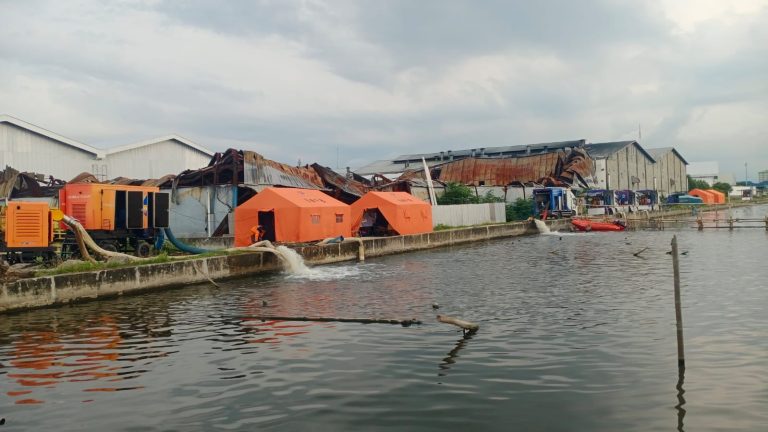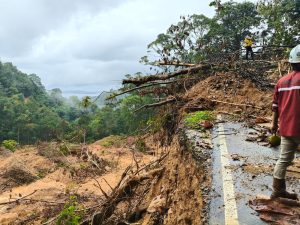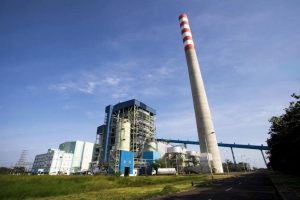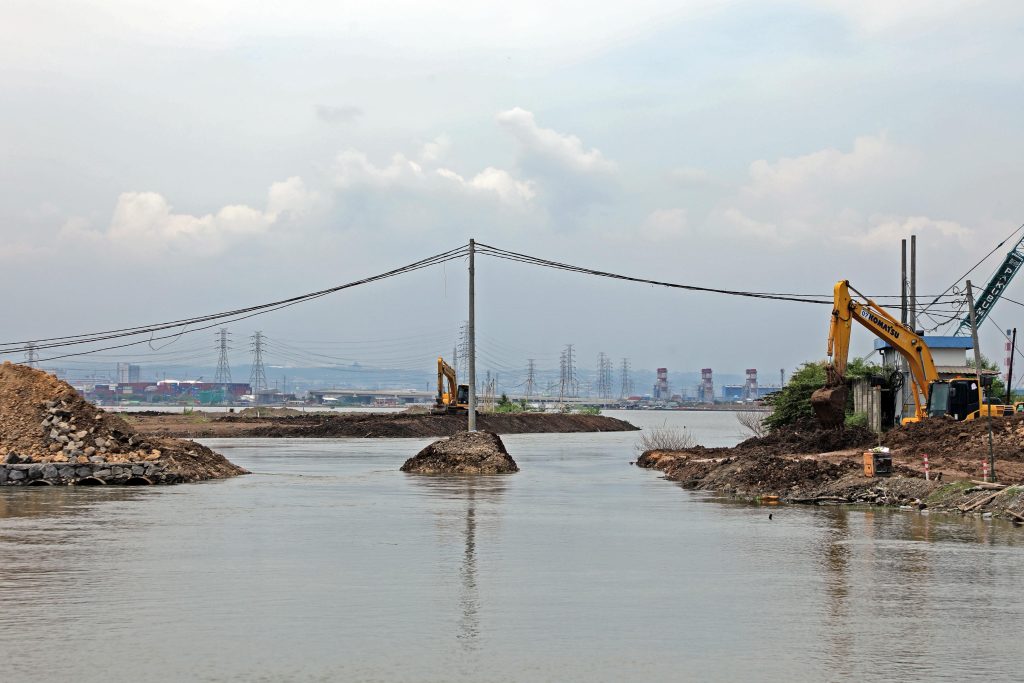
Jakarta – Floodwaters across Greater Semarang have started to recede after more than a week of coordinated emergency operations led by Indonesia’s National Disaster Management Agency (BNPB) and the Central Java Provincial Government. In a statement on Sunday, November 2, BNPB said its latest field observations indicate that water levels in several critical areas are declining. This aligns with observations from other agencies, including the River Basin Authority (BBWS) and the Regional Water Resources Agency (Pusdataru).
Jalan Raya Kaligawe—one of the main arteries linking Semarang’s port and industrial zones—has begun to dry and can now be accessed by motorcycles. Although roads are passable again, BNPB said in a statement on Sunday, warning motorists to remain cautious as the area remains slippery and prone to residual flooding.
At the Terboyo Retention Basin, water levels have fallen by approximately 65 centimetres after more than five days of intensive pumping. The BBWS and BNPB have operated multiple high-capacity pumps and widened the outlet channel leading to the Java Sea to accelerate discharge.
Meanwhile, standing water remains in 13 subdistricts within Genuk Subdistrict, although the flood depth is now lower than in previous days. BNPB’s emergency pumping units and local pump houses in Terboyo Wetan continue to drain water around the clock.
Weather modification operation reduces rainfall by 70%
BNPB said the easing flood conditions are also due to a significant reduction in rainfall following the ongoing Weather Modification Operation (OMC) that began eight days ago. Using sodium chloride (NaCl) and calcium oxide (CaO) as seeding agents, the operation disperses rain-bearing clouds before they reach Semarang’s vulnerable catchment zones.
The agency estimates that rainfall intensity has dropped by up to 70 per cent in recent days. “This allows pumping operations and embankment strengthening to proceed more effectively,” BNPB stated.
The Meteorology, Climatology and Geophysics Agency (BMKG) projects that the heaviest rainfall for the Semarang region typically occurs in January and February, while November and December remain within safe levels. Still, BNPB has urged residents to stay alert and help prevent future flooding by keeping waterways clear, creating infiltration spaces, and maintaining drainage systems.
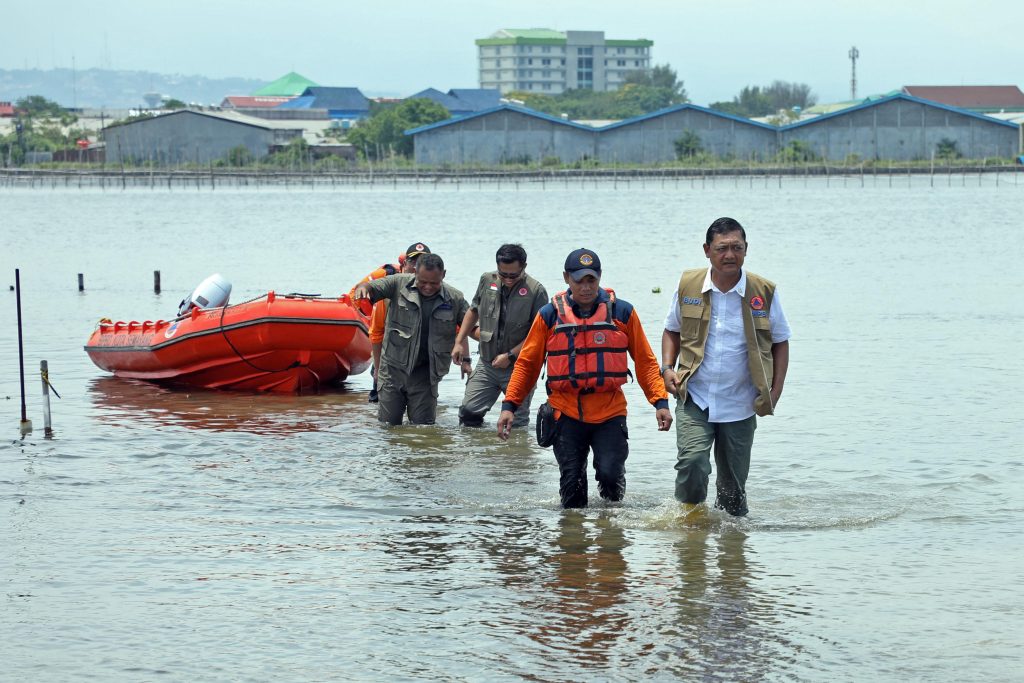
A complex crisis beyond heavy rain
The latest progress follows a series of interventions by BNPB since late October to address persistent floods that have submerged parts of Semarang for over two weeks. Earlier press briefings revealed that the floods are not solely the result of heavy rainfall but stem from a combination of land subsidence, limited drainage capacity, and coastal construction projects that have disrupted natural water flow.
On October 30, BNPB formed a special pumping task force (Satgas Pompanisasi) involving the military, police, and regional agencies to operate 24-hour pumping, drainage, and monitoring efforts. Additional pumps were deployed from Kudus and Jepara regencies to support the operation.
The following day, BNPB Deputy for Emergency Response Major General Budi Irawan led field inspections at critical flood sites, including the Tenggang Pump House and the Terboyo outlet area, identifying technical barriers that slowed water discharge. Immediate corrective actions were taken, including widening outlets and adding portable pumps.
He explained that the recent flooding was caused by multiple factors. In addition to high rainfall, the construction of the sea wall toll road project had also contributed to the slow drainage of water into the sea. Therefore, the BNPB has urged the Central Java and Yogyakarta National Road Implementation Agency (BBJN) and the Pemali Juana River Basin Agency (BBWS) to work together to find solutions to prevent the impacts from persisting.
While the situation is improving, BNPB said that the long-term solution lies in improved coordination between urban planning, infrastructure development, and water management systems. “The Semarang flood problem is rooted in spatial planning, construction oversight, and fragmented disaster management,” the agency noted. (nsh)
Banner photo: Several portable pumps were deployed to drain floodwaters in Semarang City to the Terboyo retention pond in Kaligawe, Semarang City, Central Java, Sunday, November 2, 2025. Source: BNPB

